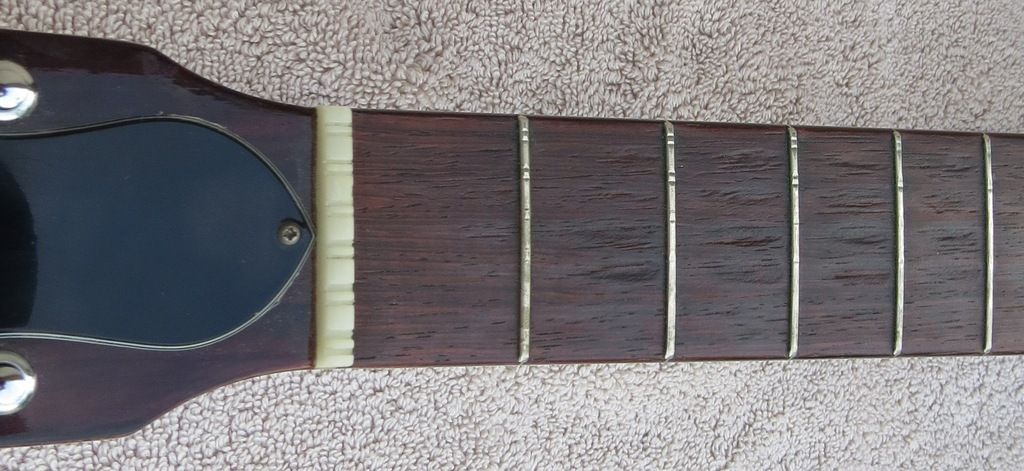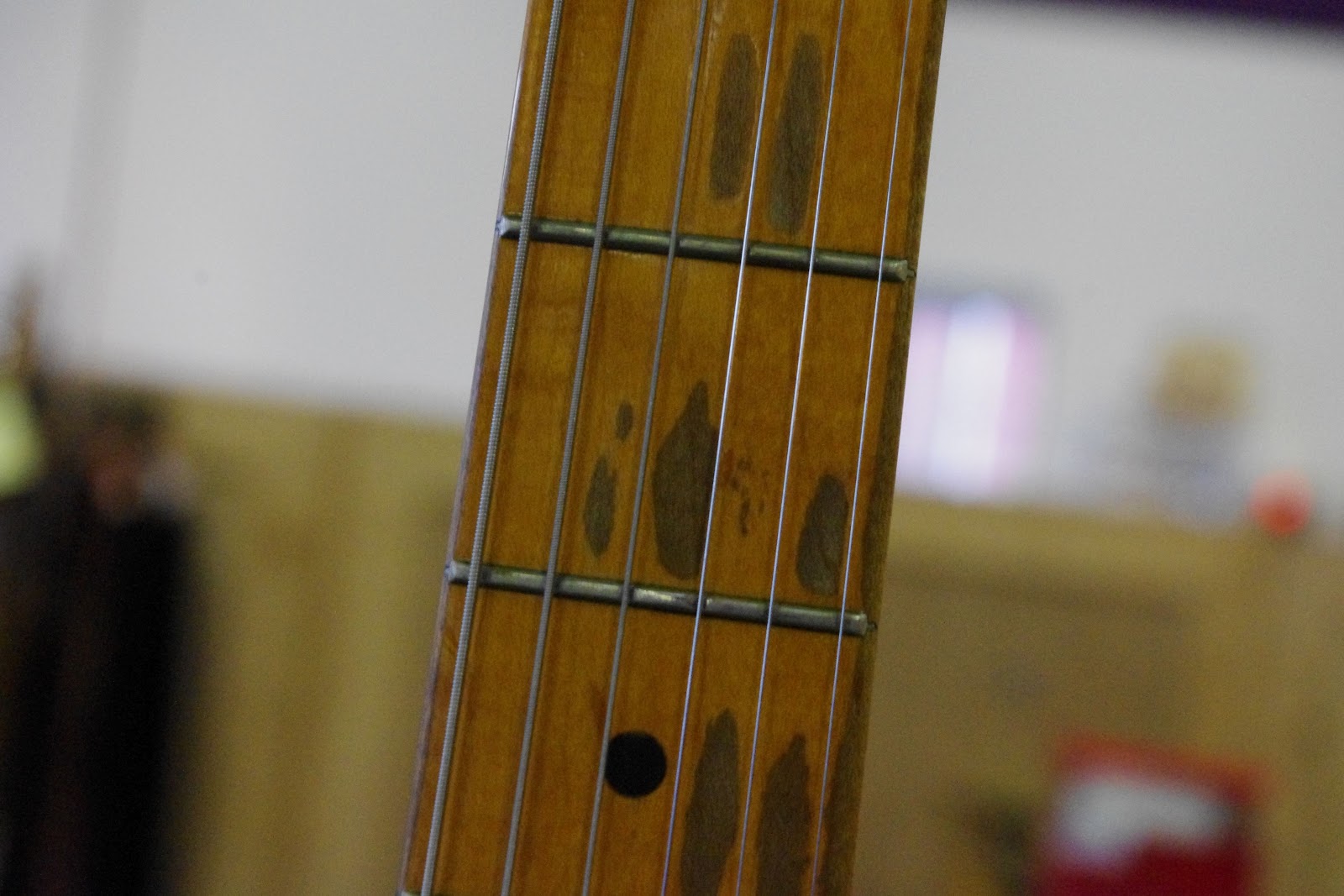My opinion is worth very little but I have a co-worker who likes to tell me the latest state of the art ideas for shredders (guitar players, not office equipment) and is tech savvy enough to discuss how and why some work.
If the goal is to produce a note with the minimum of movement by the fretting hand, then the ideal is to press the string just enough to stop on the fret but no further. Pressing any further is in some sense unnecessary or wasted effort and the effort of lifting a finger that has hit the fretboard can cause a delay in reaching the next note. So if the goal is speed and movement efficiency then there is room for improvement if the finger hits the fretboard.
For some people with that goal, a scalloped fretboard is sometimes used because that makes it harder to touch the fingerboard while fretting a note.
All that said, it seems to me that touching the fingerboard is only a concern if you are striving for efficiency of movement or speed and that most acoustic players who focus on strumming and chords are not concerned with speed or efficiency.
Edit: It goes without saying that there are combinations of finger size, "fleshiness" and string gauge which will result in touching the fingerboard. But whether a specific individual notices that they do so, or not, or whether they do so or not have more to to with technique than anything else.





